It’s almost the New Year and it’s time for your company to start thinking about marketing projects for 2015. You’ve been printing on good old matte or glossy paper for a while now, so why not try something different and exciting? Go beyond the standard templates for brochure design, infographic design, poster and presentation design. These finishing options can really help set your piece apart from others. Before you start one of these projects, be sure to let your printer and graphic designer know that you plan to use one of these techniques. Sometimes these super cool finishing options need to be accounted for in the beginning since we need to keep them in mind for budgeting purposes, and they also can affect the way the designer lays out the project.
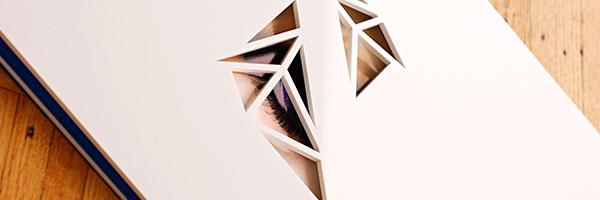
Die-cuts
Die-cuts are intricate cuts, custom shapes, or windows that are utilized to visually enhance the design of a project. These cuts are usually used to see through to the page behind the cut in order to create more of a surprise of anticipation when the viewer turns to that page.
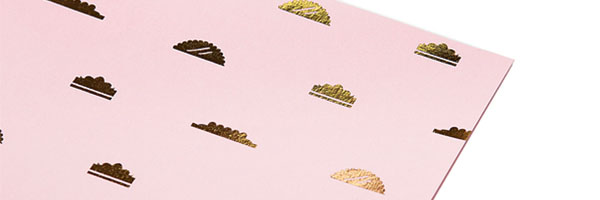
Foil stamping
Foil stamping is the process of adding malleable metallic or colored foil onto a surface by adding heat. The foil helps support the already existing design by adding an extra element of elegance and hierarchy. This style looks beautiful on black, white or colored paper. The foil is also available in a variety of colors, but the most popular foils are gold and silver.
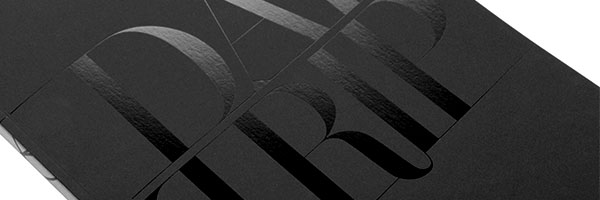
Spot UV
Sometimes it’s hard to choose between a matte and glossy cover, but with a spot UV treatment, you can have both. The spot UV finish is a finish that is applied to a design and hardened with a UV light. If the print surface is uncoated or matte, a glossy finish can be added on to one element of the design for emphasis and effect. The cool thing about this effect is that you can print just gloss on top of a plain piece of paper and the reflection from light on the gloss makes it a bold effect and is almost more elegant than putting the gloss effect on top of an element that was already on your design such as a logo or text.
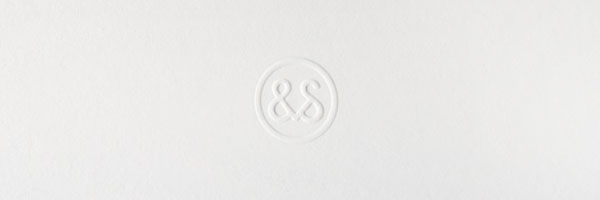
Embossing
Embossing raises paper while debossing depresses paper yet both add an unexpected texture. You can run your fingers over the paper to instantly feel if something has been embossed. The cool thing about embossing is that it can be done with or without ink. Blind embossing is when a mark is added to a design just by adding pressure to the paper. Registered embosses are added on top of a print to emphasize an already existing element. Both techniques add visual and physical depth to a piece.
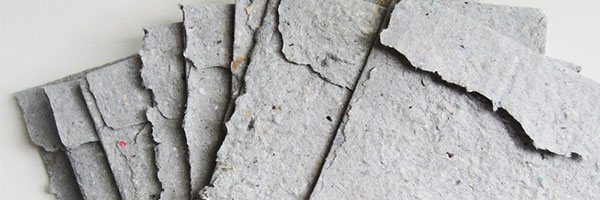
Deckle edge
A deckle edge is a less common technique can add a nice touch. This technique is achieved by either using a hand-made paper, which naturally has wonky edges, or creating it by ripping the edges on a finer paper. In order to create a rip that’s not too out of control, fold the edges of the paper first and then gently rip the paper outwards so the fibers of the paper slowly tear away from each other. This technique is popular for older or historical novels.



